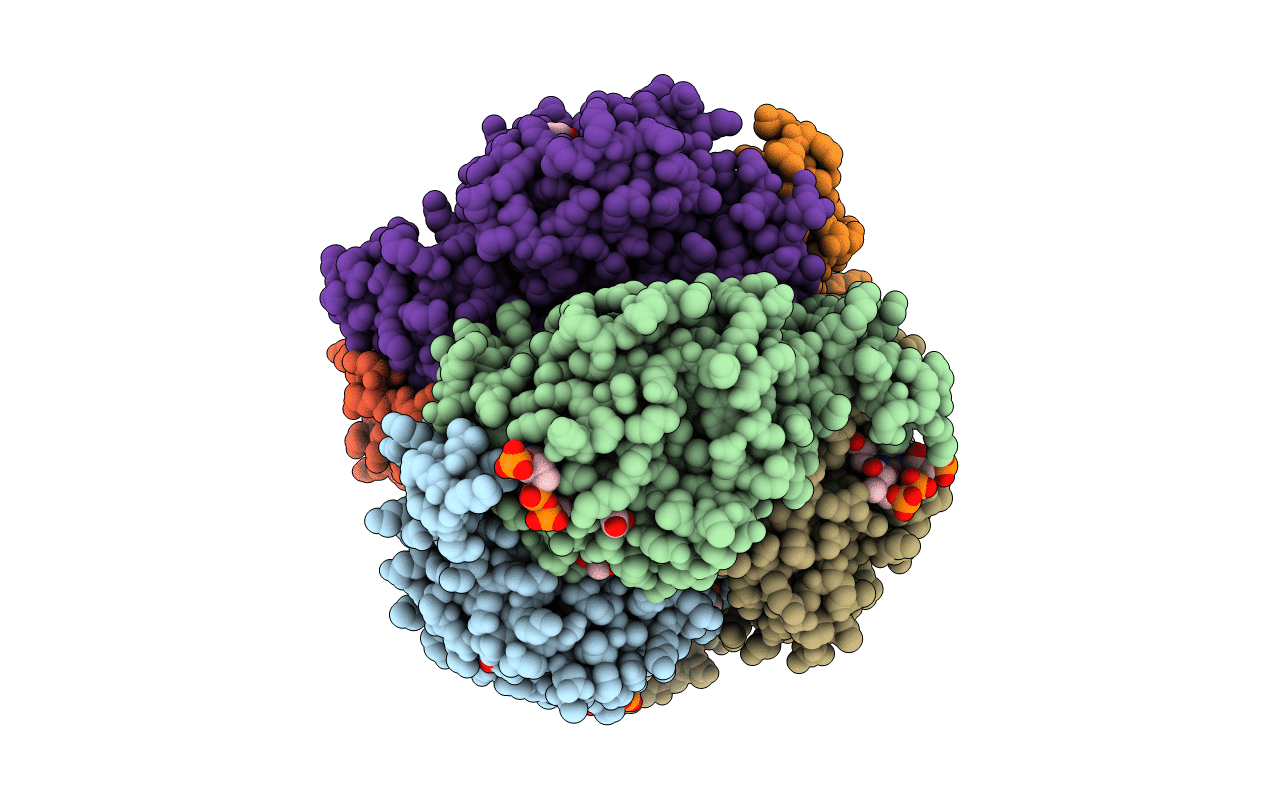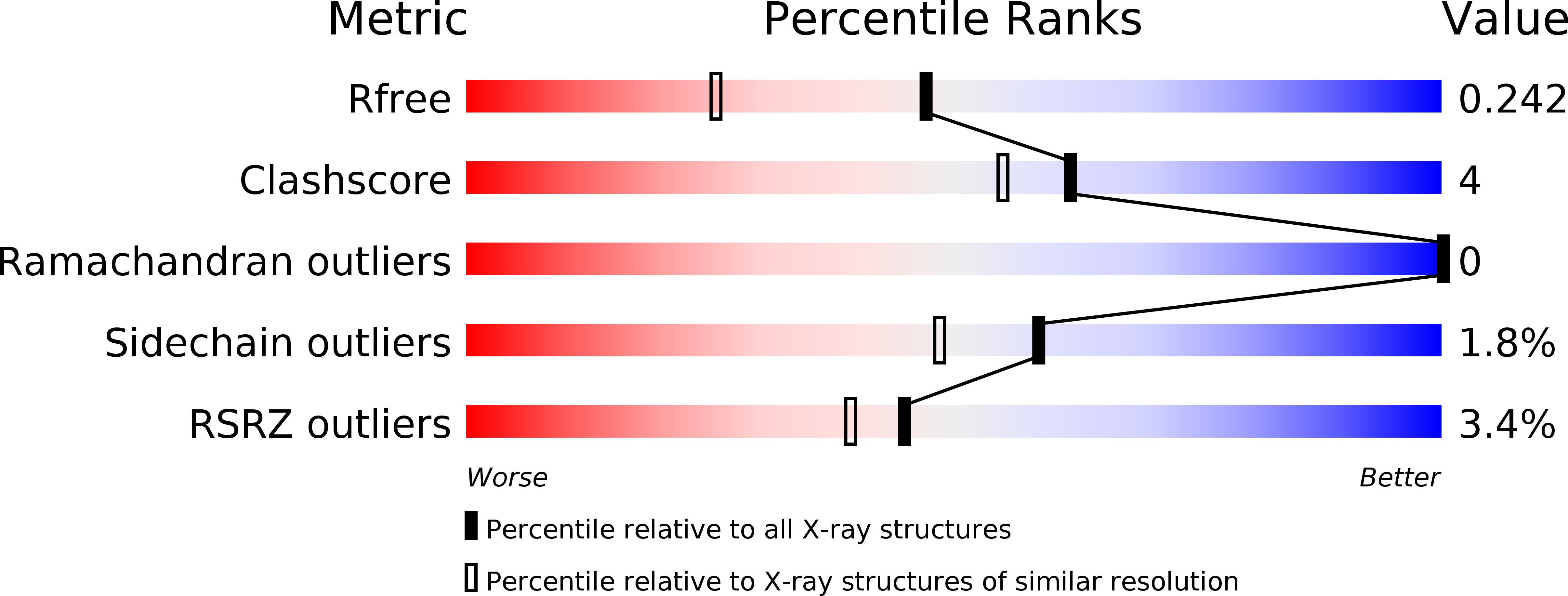
Deposition Date
2018-02-07
Release Date
2018-08-01
Last Version Date
2023-11-22
Entry Detail
PDB ID:
5ZAI
Keywords:
Title:
Crystal structure of 3-Hydroxypropionyl-CoA dehydratase from Metallosphaera sedula
Biological Source:
Source Organism:
Metallosphaera sedula (Taxon ID: 399549)
Host Organism:
Method Details:
Experimental Method:
Resolution:
1.80 Å
R-Value Free:
0.22
R-Value Work:
0.18
R-Value Observed:
0.18
Space Group:
P 1 21 1


